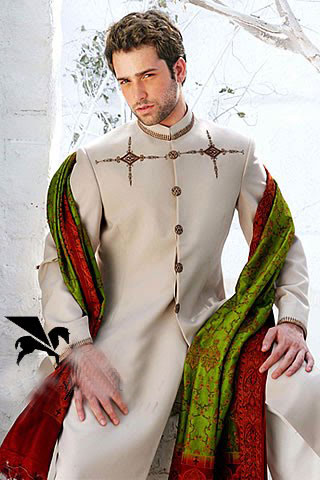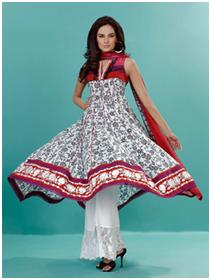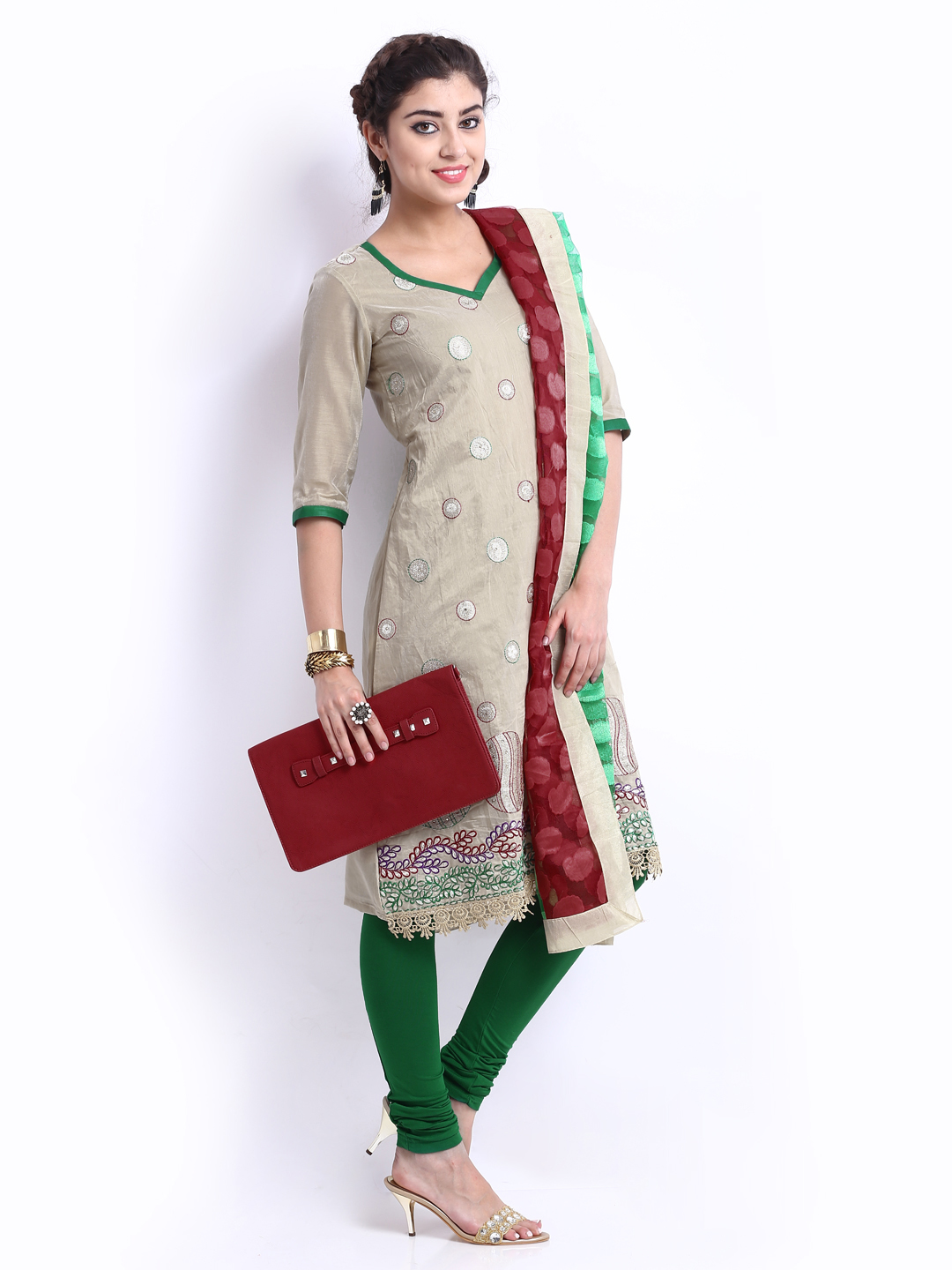Dress Designers Biography
Source (google.com.pk)Fashion English Paragraphs, A particular make, a shape, a style or a pattern followed by most of the people may be called a fashion. It includes clothing, hair styles, furniture, literature, jewellery and many other things. Fashions have taken very different forms at different times in history. People all around the world like to follow fashions. They may combine elements of international fashions with the elements of their own culture. Fashion reflects the society of which it is a part.
It has been influenced by wars, conquests, laws, religion and the arts, Individual personalities have also had an impact on fashion. In the 20th century, media stars have emerged as leaders of fashions. Fashions may be recommended as they promote activity and progress. Much money is needed to follow the fashions of the time. People have to work more to earn more to follow new fashions. It encourages fashions, designers to invent new styles for the people. Now fashion shops, fashion magazines, fashion shows, fashion models, fashion photographs and even fashion industries are in vogue. In this sense, fashions are the close friends of industrialists. Fashions also have their critics. They, at times, denounce fashions as an irrational, frivolous tyrannical and immoral activities.
A common accusation is that fashion designers accelerate fashion changes to create new business. Yet no new fashion succeeds unit people are ready to accept it. The final decision about what to buy, or whether to buy anything at all, belongs to the consumer. Ultimately, fashions change because many people like new and different styles.
These leading designers intend to develop different pieces for their collections, alongside popular designs.
According to LFW, the purpose behind this fashion week is to “redefine the future of fashion and integrate India into the global fashion world.”
Not only does this take a strong step towards further collaboration between Indian and Pakistani fashion industries, it grants access to a great new number of opportunities for our designers on global scale.
“Despite the political divide, the globalisation process is inevitable," says Rizwan Beyg.
He further adds that the business of fashion is one of the most booming industries in both Pakistan and India.
Beyg’s theme for LFW will be truck art —indigenous to Pakistan— a fun and colourful collection he has received international acclaim for.
“There is more that unites us than what separates us,” says the fashion icon, who aims to highlight Pakistan's similarities with India through his designs.
His prêt line takes a practical approach to fashion. As a pioneer of incorporating digital printing in the Pakistani fashion, for both men and women, he prioritises affordable prices while not compromising on the vibrant hues of his truck art collection. Madhubani paintings have especially inspired his focus on flora and fauna in this collection.
Another designer we’re definitely looking out for is Sania Maskatiya. Known for versatile looks and colour blending, she plans to present a bespoke luxury prêt collection titled 'Sakura', which is inspired by popular Japanese culture and symbolism to represent the beauty and fragility of life.
We're expecting to see an array of custom-made mixed prints and hand embroideries across a diversity of textures, incuts, and patterns. 'Sakura' draws from the grace of the cherry blossom, the stark romance of the Japanese landscape, tea houses, turtles and treasure chests. When it comes to the contemporary Pakistani fashion, Zara Shahjahan has delved into various styles, be it luxury prêt, western wear or couture to create and serve the modern image of a Pakistani woman.With several clients in Delhi, her design house has grown beyond borders due to her understanding of various cultural styles. Shahjahan will be showcasing a luxury prêt collection at LFW. She says that Lakme is a big platform for her company. She wants to introduce this audience to her designs that are quintessentially Zahra Shahjahan, such as her floral collection.
Dress Designers Sherwani Designs 2014 For Groom By Manish Malhotra By Amir Adnan By Junaib Jamshed By Deepak Perwani Photos

Dress Designers Sherwani Designs 2014 For Groom By Manish Malhotra By Amir Adnan By Junaib Jamshed By Deepak Perwani Photos

Dress Designers Sherwani Designs 2014 For Groom By Manish Malhotra By Amir Adnan By Junaib Jamshed By Deepak Perwani Photos

Dress Designers Sherwani Designs 2014 For Groom By Manish Malhotra By Amir Adnan By Junaib Jamshed By Deepak Perwani Photos

Dress Designers Sherwani Designs 2014 For Groom By Manish Malhotra By Amir Adnan By Junaib Jamshed By Deepak Perwani Photos

Dress Designers Sherwani Designs 2014 For Groom By Manish Malhotra By Amir Adnan By Junaib Jamshed By Deepak Perwani Photos

Dress Designers Sherwani Designs 2014 For Groom By Manish Malhotra By Amir Adnan By Junaib Jamshed By Deepak Perwani Photos

Dress Designers Sherwani Designs 2014 For Groom By Manish Malhotra By Amir Adnan By Junaib Jamshed By Deepak Perwani Photos

Dress Designers Sherwani Designs 2014 For Groom By Manish Malhotra By Amir Adnan By Junaib Jamshed By Deepak Perwani Photos

Dress Designers Sherwani Designs 2014 For Groom By Manish Malhotra By Amir Adnan By Junaib Jamshed By Deepak Perwani Photos

No comments:
Post a Comment